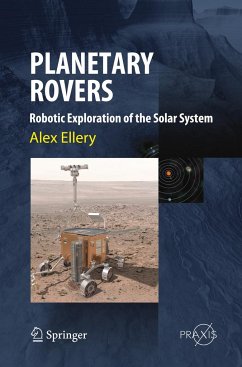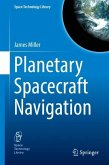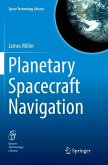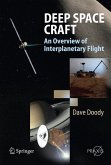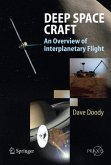The increasing adoption of terrain mobility - planetary rovers - for the investigation of planetary surfaces emphasises their central importance in space exploration. This imposes a completely new set of technologies and methodologies to the design of such spacecraft - and planetary rovers are indeed, first and foremost, spacecraft. This introduces vehicle engineering, mechatronics, robotics, artificial intelligence and associated technologies to the spacecraft engineer's repertoire of skills. Planetary Rovers is the only book that comprehensively covers these aspects of planetary rover engineering and more. The book:
- discusses relevant planetary environments to rover missions, stressing the Moon and Mars;
- includes a brief survey of previous rover missions;
- covers rover mobility, traction and control systems;
- stresses the importance of robotic vision in rovers for both navigation and science;
- comprehensively covers autonomous navigation, path planning and multi-rover formations on other planets;
- introduces sample acquisition and autonomous science - with an emphasis on astrobiology - as the raison d'être of rover missions;
- presents a special case study on the exploration of Europa;
- discusses future rover concepts, including a brief exploration of the role of biomimetics.
- discusses relevant planetary environments to rover missions, stressing the Moon and Mars;
- includes a brief survey of previous rover missions;
- covers rover mobility, traction and control systems;
- stresses the importance of robotic vision in rovers for both navigation and science;
- comprehensively covers autonomous navigation, path planning and multi-rover formations on other planets;
- introduces sample acquisition and autonomous science - with an emphasis on astrobiology - as the raison d'être of rover missions;
- presents a special case study on the exploration of Europa;
- discusses future rover concepts, including a brief exploration of the role of biomimetics.
"It aims to be a complete overview of the design, implementation and control of planetary rovers, ranging widely from details of past rovers, through overviews of algorithm research into the process of bidding and managing projects for the European Space Agency (ESA). ... it targets a wide audience from final year undergraduates to industry engineers involved with rover development - anyone involved in rover design. ... I would recommend this book to anyone working or interested in the field ... ." (Dr. Iain Wallace, The Aeronautical Journal, January, 2017)

